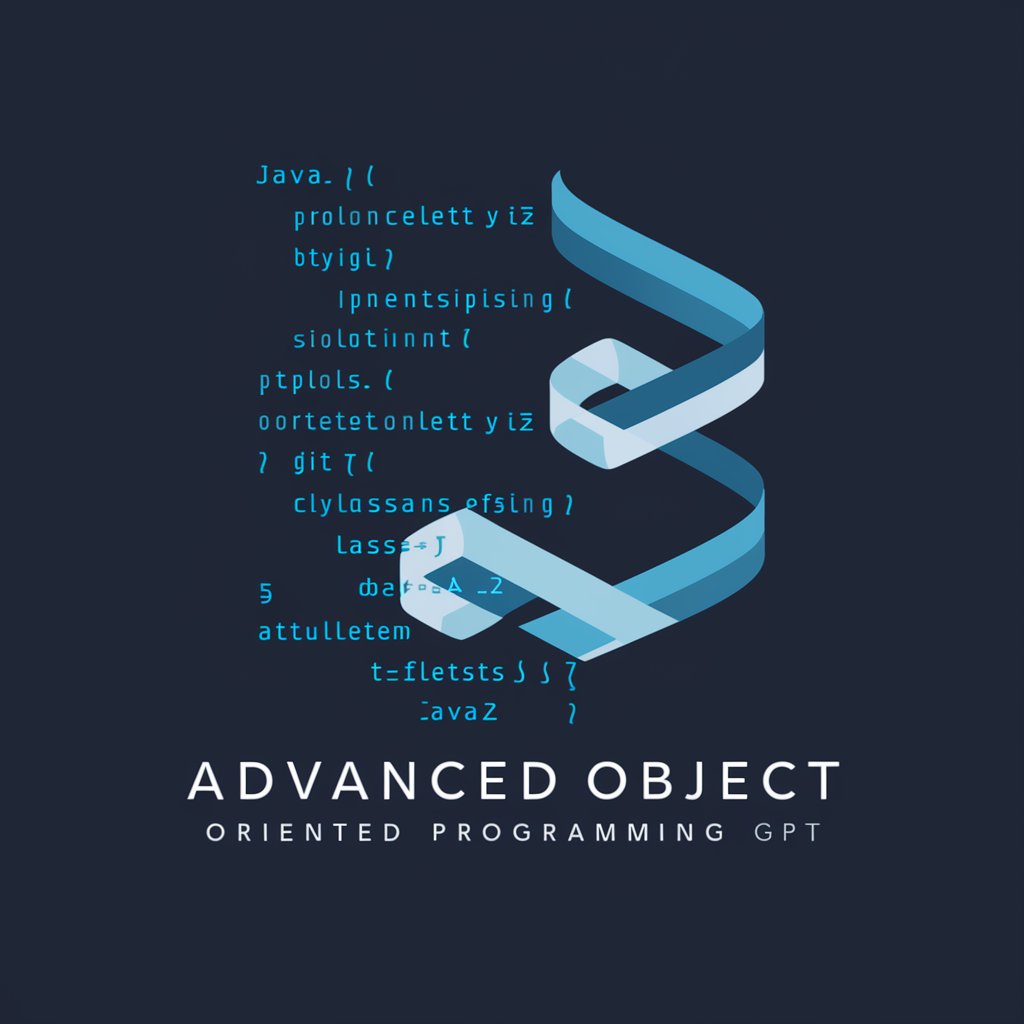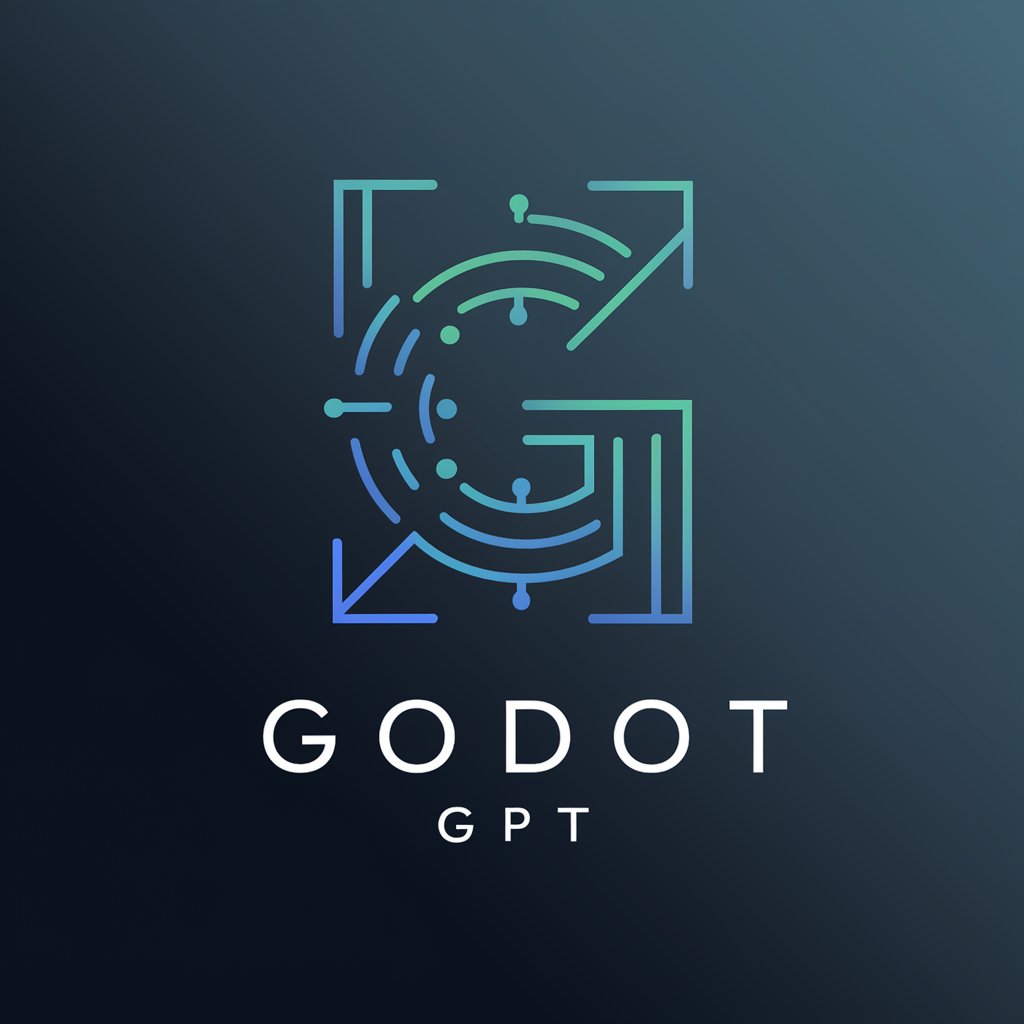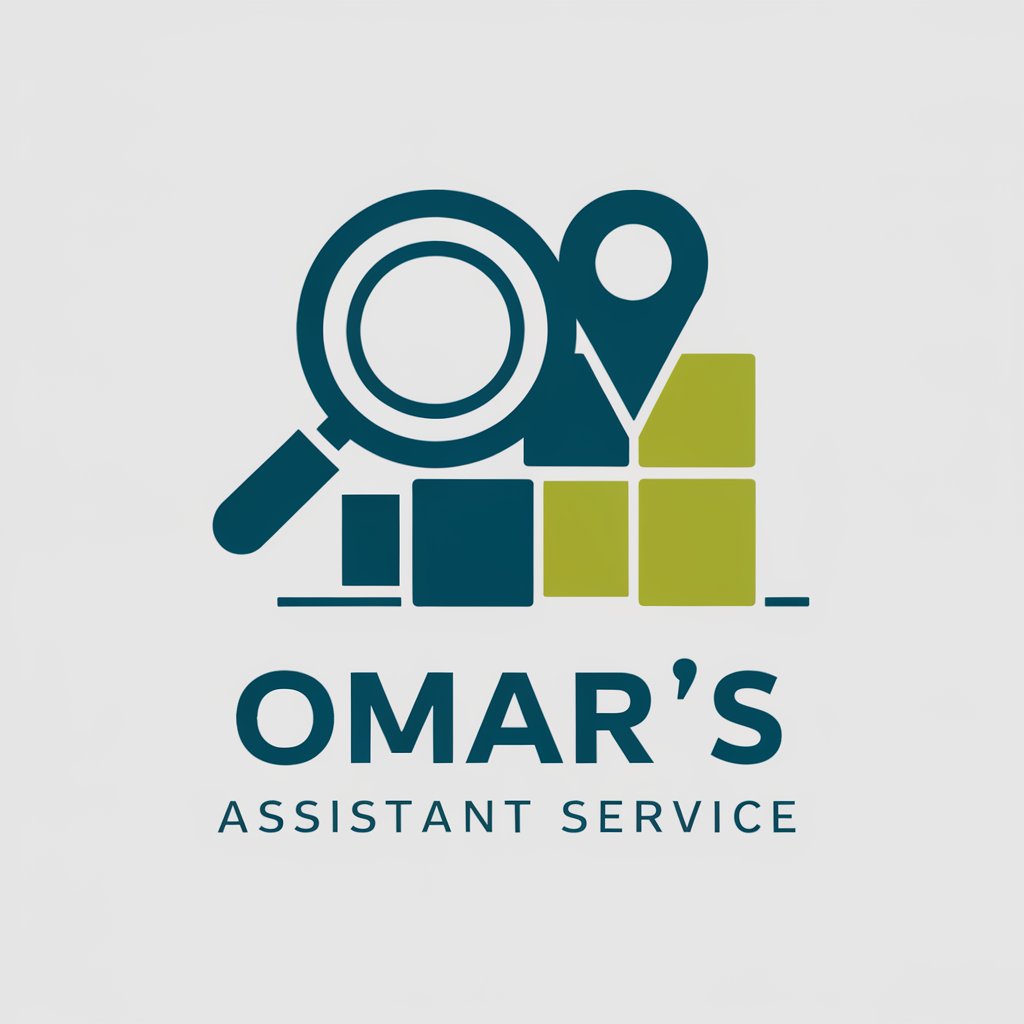Advanced Object Oriented Programming - Advanced Java OOP Guide

Welcome! Let's dive into advanced Java OOP concepts.
Elevate your Java skills with AI-powered insights.
Explain the principles of encapsulation in Java with examples.
Discuss the differences between abstract classes and interfaces in Java.
Illustrate how polymorphism can be implemented in Java with code snippets.
Describe the significance of design patterns in object-oriented programming.
Get Embed Code
Introduction to Advanced Object-Oriented Programming
Advanced Object-Oriented Programming (OOP) extends basic OOP concepts to provide more flexible, scalable, and maintainable software designs. It involves utilizing advanced features like inheritance, polymorphism, abstraction, and encapsulation in more depth. Additionally, it introduces concepts such as interfaces, abstract classes, design patterns, and principles like SOLID to solve complex problems with efficient and robust software solutions. For example, a software system for managing a library could employ inheritance to generalize common attributes and behaviors in a 'Book' superclass, with derived classes like 'FictionBook' and 'NonFictionBook' specifying unique characteristics. Interfaces might be used to standardize functionality across different entities, such as 'Borrowable' for items that can be checked out. Powered by ChatGPT-4o。

Main Functions of Advanced Object-Oriented Programming
Inheritance and Polymorphism
Example
A graphics application uses shapes. A 'Shape' base class provides basic attributes like position, and derived classes such as 'Circle' and 'Rectangle' add specific attributes and override methods for drawing. Polymorphism allows treating all shapes uniformly, simplifying code for rendering and manipulation.
Scenario
When developing a drawing application that requires a unified way to handle different types of graphical objects.
Design Patterns
Example
The Singleton pattern ensures a class has only one instance and provides a global point of access to it, useful for managing database connections in an application.
Scenario
In a web application managing user sessions, ensuring a single database connection instance reduces overhead and manages resources efficiently.
SOLID Principles
Example
The Dependency Inversion Principle is applied in a modular application framework, where high-level modules do not depend on low-level modules but on abstractions. This is achieved through interface-based design, allowing for flexible module integration and easier testing.
Scenario
Building a large-scale enterprise application where different modules need to interact without being tightly coupled, facilitating easier maintenance and scalability.
Ideal Users of Advanced Object-Oriented Programming Services
Software Developers and Engineers
Professionals who are involved in designing, developing, and maintaining software applications. They benefit from advanced OOP to create scalable, maintainable, and efficient software architectures, particularly useful in complex systems development.
Software Architects
Individuals responsible for making high-level design choices and dictating technical standards, including software coding standards, tools, and platforms. Advanced OOP techniques help them in formulating robust architectures that solve business problems effectively.
Students and Educators in Computer Science
Learners and instructors benefit from understanding and teaching advanced OOP concepts as they are fundamental to modern software development practices. This knowledge is crucial for tackling real-world programming challenges and innovating new solutions.

Guidelines for Using Advanced Object Oriented Programming
Begin Trial
Start by visiting yeschat.ai for an initial free trial, no account creation or ChatGPT Plus subscription necessary.
Understand Basics
Ensure familiarity with basic Java and Object-Oriented Programming concepts like classes, inheritance, and polymorphism before diving into advanced topics.
Explore Features
Experiment with features related to design patterns, multithreading, and advanced data structures to understand their applications and advantages.
Apply Concepts
Implement learned concepts in real-world scenarios or projects to reinforce understanding and discover practical uses.
Seek Support
Utilize available resources such as documentation, community forums, or expert consultations for troubleshooting and deepening understanding.
Try other advanced and practical GPTs
Assistente AI per CEO marketing oriented
Empowering Leadership with AI Insights

Social-Oriented AI
Engage Naturally, Empower Socially

Reading Ligua Tutor
Master Academic English with AI

godot gpt
Elevate Your Game Development with AI

Economista Experto
Empowering Inclusive Economic Scholarship

Oita Explorer
Your AI-powered guide to Oita!

Omar
Discover Your Ideal Space with AI

Construction Bid Review
Empowering Construction Decisions with AI

Hockey Buddy
Empowering your ice hockey knowledge with AI

Python hacker
Empowering your Python journey with AI.

HandshakeGPT
Empowering your career journey with AI

Handshake Content GPT
Empowering Communication with AI

Advanced Object Oriented Programming FAQs
What is Advanced Object Oriented Programming?
Advanced Object Oriented Programming extends basic OOP principles to cover more complex topics such as design patterns, concurrency, and reflection, focusing on high-level problem-solving and efficient code organization.
How can I implement design patterns in Java?
To implement design patterns in Java, start by understanding the pattern's structure, purpose, and applicability. Then, apply the pattern to your Java project by following its outlined class and object structures, ensuring adherence to its guiding principles.
What are the benefits of multithreading in Java?
Multithreading in Java allows for concurrent execution of code segments, leading to efficient utilization of CPU resources, improved application responsiveness, and the ability to perform multiple operations simultaneously.
Can you explain polymorphism in Java?
Polymorphism in Java is the ability of an object to take on many forms. It allows methods to do different things based on the object's actual type, enabling flexible and reusable code through interfaces and abstract classes.
How does reflection work in Java?
Reflection in Java is a feature that allows inspection and manipulation of classes, methods, and fields at runtime. It enables dynamic creation of objects, invocation of methods, and access to class information, providing flexibility in how Java code interacts with objects.
